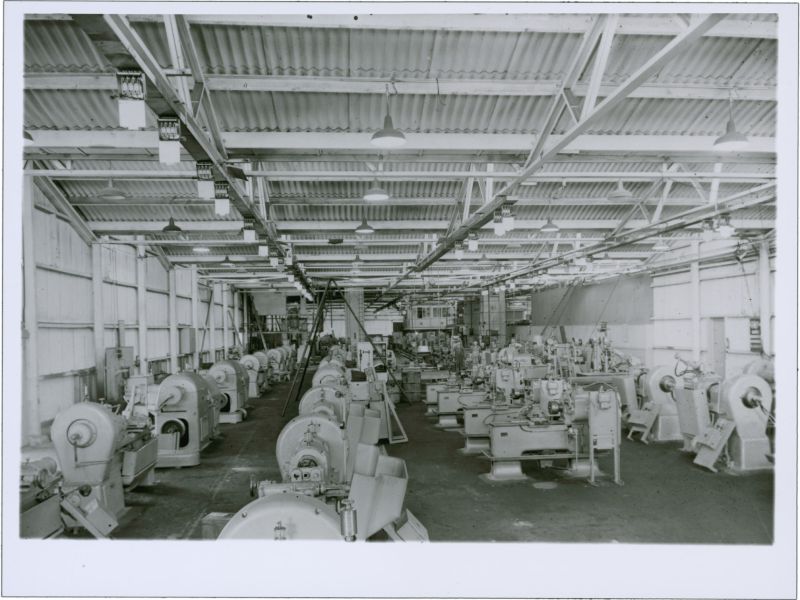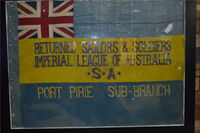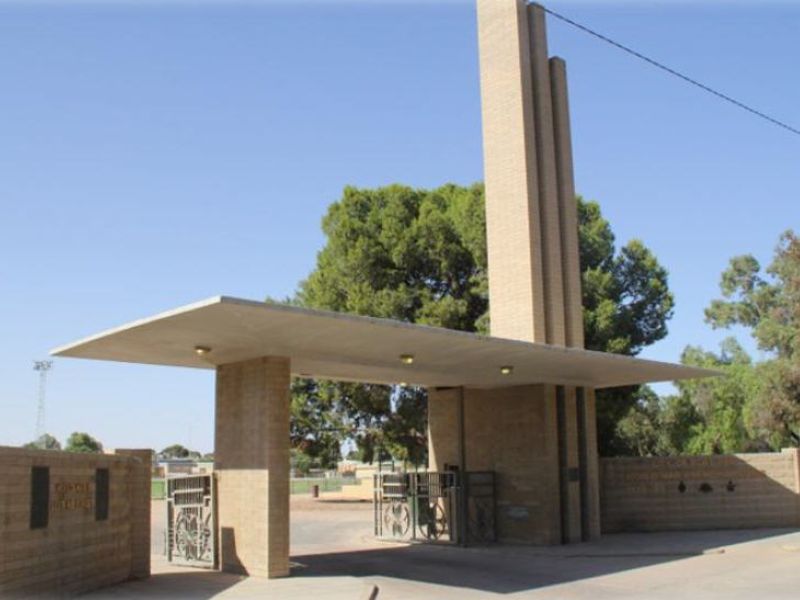Port Pirie Munitions Annexe WW2
Within a year of the outbreak of World War 2, production of munitions had expanded rapidly in the eastern states, Adelaide and Whyalla. Civic leaders in Port Pirie demanded to be involved in munitions and component manufacturing because Pirie “stands alone in industrial performance”.ᶺ A prominent Port Pirie businessman Mr. R.J. Bowden even offered the Federal Government 47 acres of land free of charge to build a munitions works on it for the Empire cause.
Construction for Pirie’s Munitions Annexe began in 1941. It enabled Port Pirie to further contribute to the war effort and stopped the alarming drift of skilled workers and their families to the metropolitan area. Port Pirie was seen as an ideal decentralised location and a shipping and rail hub. A network of narrow gauge railway lines north of Ellen Street were rearranged to make way for the annexe building to be located on Broken Hill Associated Smelter property close to the wharf.
Port Pirie Technical School, described by Mr. Storey (State Supervisor of the Commonwealth Defence Training Scheme) as one of the best equipped in Australia, began training two shifts of men in an intensive 3 month course for work on defence products; including machine gun parts.² Certain small parts for munitions were being manufactured on a small scale in Port Pirie by March 1941.
In October 1942, approximately 250 people were employed forging and machining 25 Pounder QF (quick firing) shell casings at the Port Pirie Munitions Annexe. The ordnance QF 25-pounder, or more simply 25 pounder or 25-pdr, was for the major British field gun and howitzer used during the Second World War, possessing a 3.45-inch (87.6 mm) calibre. Australia was an extensive user of the 25-pounder, with them seeing service with their military in WW2, Korea and the Malayan Emergency.
About one third of the 1939-45 munitions effort in Australia went into ammunition: expenditure on factories and equipment for making ammunition amounted to about £45,000,000, while the cost of the ammunition itself was approximately £41,000,000. It involved the Government in the construction of 11 major factories, 16 smaller ones and 90 annexes, and in the employment of over 50,000 persons.
Sources:
ᶺ The Port Pirie Recorder, Port Pirie, SA, 25 Sep 1940
² The Port Pirie Recorder, Port Pirie, SA, 10 November 1941
- Trove Australia http://nla.gov.au/nla.news-article96348225

 RSL (Port Pirie Sub Branch) Inc.
RSL (Port Pirie Sub Branch) Inc.